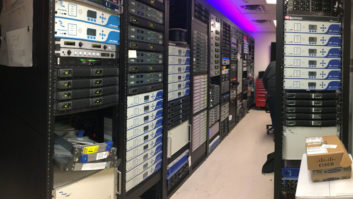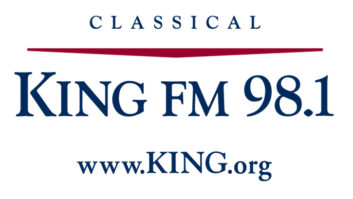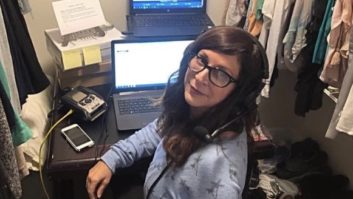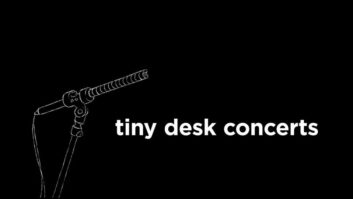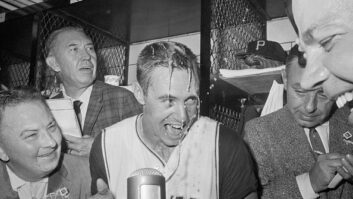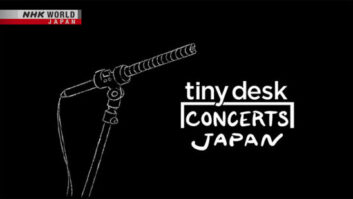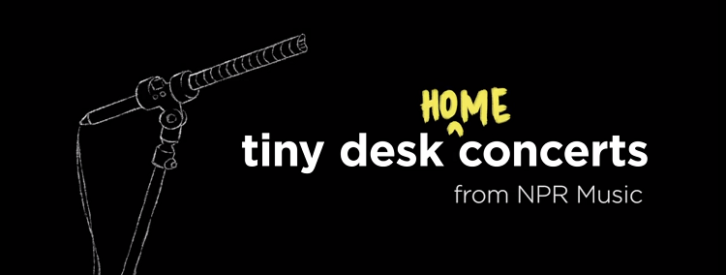
The “Tiny Desk Concerts” audio and video podcast series, National Public Radio’s flagship music program, has produced more than 1,000 musical performances with billions of streams on YouTube and audio podcasting platforms since 2008.
But once the COVID-19 pandemic took hold in March 2020, three months of scheduled tapings dropped from the books and left staff wondering what to do next.
As a temporary fix to continue delivering performances to its audience, the Tiny Desk team pivoted to a home recording arrangement that they dubbed “Tiny Desk (Home) Concerts.”
Audio engineer Josh Rogosin and the Tiny Desk Concert team put together a one-sheet rider for guests, with instructions and tips for getting a well-recorded signal at home, and jumped into producing the show remotely.
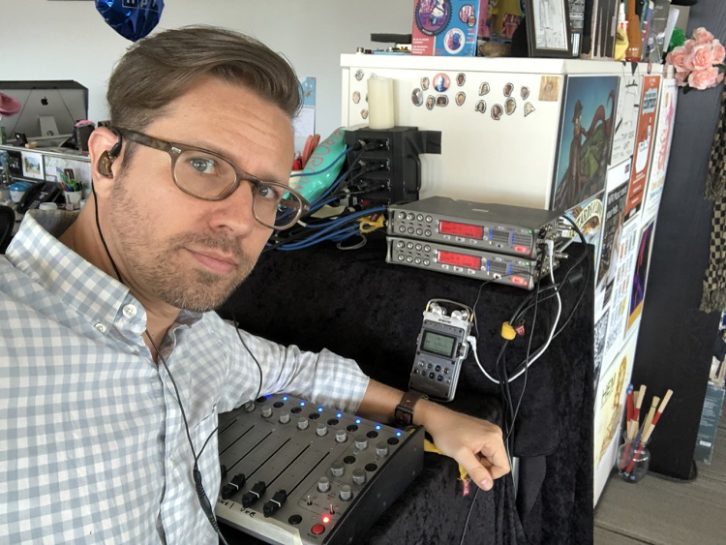
“What’s happening with a lot of the home concerts,” says Rogosin, “is we’re relinquishing a lot of our control-slash-demands. When everyone comes into the office, there’s no wiggle room when it comes to, ‘Hey, we really want you to try this without monitors, at least to start.’”
The result runs the gamut from simple recordings made on a smartphone or an app like Photo Booth, which is how Norah Jones recorded her performance, to produced, live-in-the-studio recordings.
[Related: “Engage With Listeners Stuck at Home”]
The roots of the series go back to NPR’s “All Songs Considered,” which Bob Boilen began as an internet radio program in 2000.
At a SXSW showcase in 2008, when Boilen couldn’t hear singer-songwriter Laura Gibson over the crowd noise, he invited her to perform at his desk at NPR headquarters in Washington. She called his bluff, and the Tiny Desk concept was born.
Rogosin notes that this was before podcasting really took off. “‘All Songs Considered’ was an internet-only radio show, which, in my opinion, paved the way for podcasting.”
The ethos of the Tiny Desk Concert is to strip musical performances of the studio polish and return them to their core elements, as if the musicians were playing around a campfire. Artists who perform on the program generally don’t get in-ear or wedge monitors, and those whose performances rely on electronics and effects are given a short leash.
“It forces musicians to play quieter and more dynamically, and it also forces them to listen to each other in a much different way,” he says.
“That lends itself to a much different vibe and performance that you’re not used to hearing. Before all this technology existed, musicians got together in a room and they had to play dynamically enough so that they could hear themselves and each other.”
When recorded at NPR, every performance at the Tiny Desk revolves around a stereo shotgun mic — it’s so integral, in fact, that it makes a cameo in the preroll for every video.
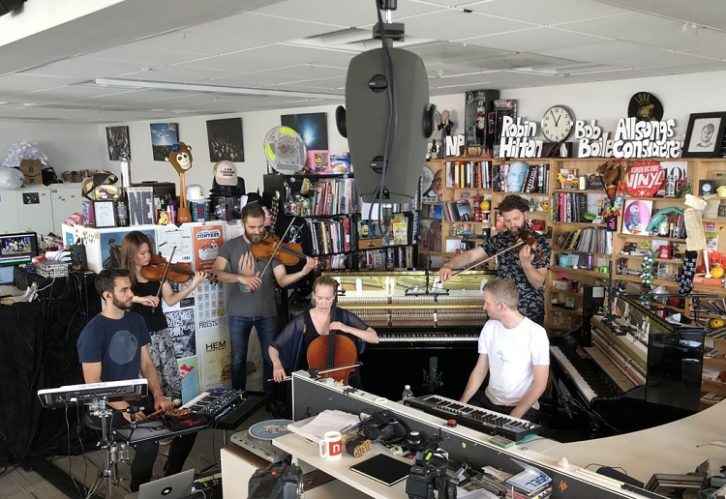
Chosen for its “bright, airy and realistic” characteristics, the Sennheiser MKH 418-S picks up speech, vocals and musical instruments from a distance, well outside of the camera shot. Rogosin has evolved the production to include additional shotgun mics, as well as the ability to run direct-outs from keyboard and bass amps. He records to up to three Sound Devices 788T (24-bit/48 kHz) eight-channel recorders for eight, 16 or 24 channels of audio.
From there, Rogosin imports the raw files into Pro Tools for light treatment from Waves and iZotope plug-ins before mastering in iZotope Ozone.
“Every Tiny Desk Concert, in terms of level, is mastered and matches every other Tiny Desk Concert, so if you go into a binge situation, hopefully you’re not fiddling with your volume dial between concerts, because everything is mastered to the same specifications.”
Rogosin also ensures the podcast has the same specs as the video version of the program, with a target of –16 LUFS with a peak at –2.
“NPR has [NUGEN] audio software, so I try to master as close as possible to what the robots are going to do to it once I upload it to our CMS. [The] audio robots analyze the file and level it, basically, so when it pulls up in our podcast feeds across the network, it will match.”
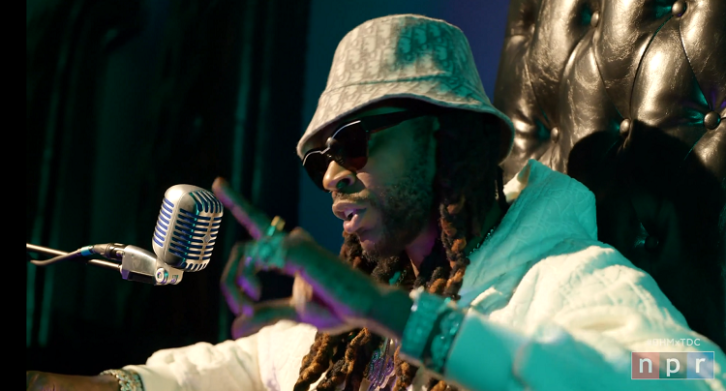
Although Boilen never intended for the series to leave his actual desk at NPR, by adapting to the constraints of the pandemic, Rogosin and team have been able to deliver new performances to music-hungry audiences.
“You’ll see in some of the comments, ‘This is really cool and thank God we have this, but we can’t wait to get back to the real Tiny Desk,’” Rogosin says.
“There’s something about that space, the live-audience aspect — it’s just NPR employees — and also what we have them do by not relying on any sort of crutches.”

